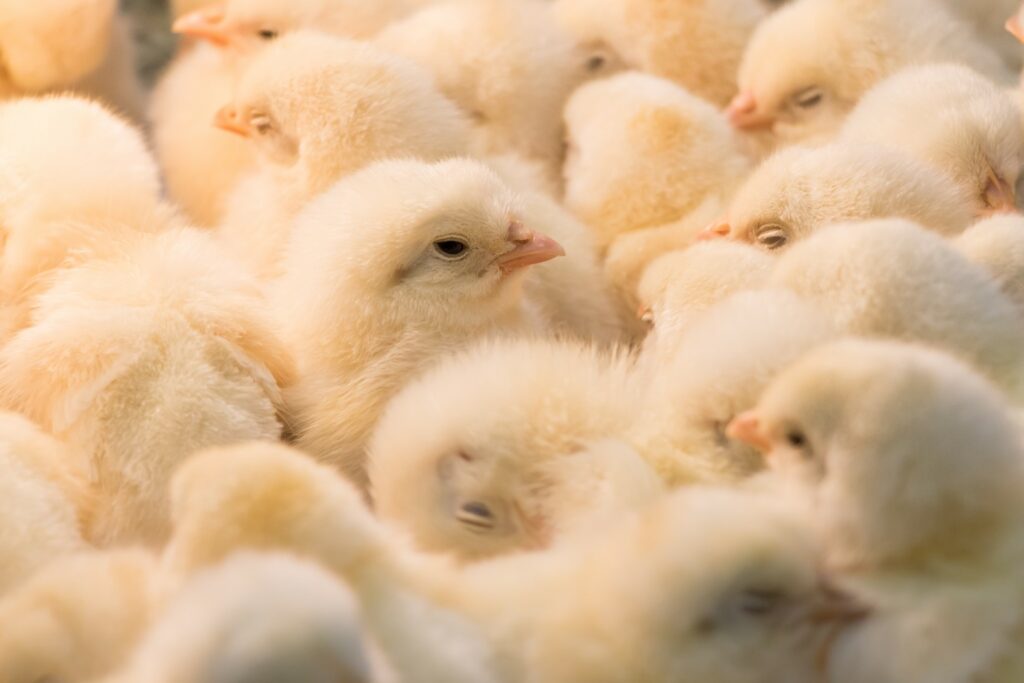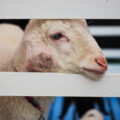Between religious conviction and atheism: Animal welfare in Europe
Between religious conviction and atheism: Animal welfare in Europe
What role does religion play in relation to animal welfare? In pluralistic European societies, answers to these questions are of a complex nature.
Pets are extremely popular among Europeans. Whether dog, cat, bird or fish, for many Europeans, animals increasingly take on the status of family members.[1] Dogs and cats in particular are popular across cultures.[2] With regard to livestock, however, the relationship between humans and animals differs somewhat.[3]
Differentiation between ‘farm’ and companion animals
A distinction amongst pets is made with regard to their use or the purpose for which they are kept. Pets are kept for pleasure and for emotional reasons, such as taking on the role of a companion. Farm animals, on the other hand, are primarily bred, kept, and killed for economic reasons. This difference results in the contrast between the livestock as an anonymous object and the pet animal as an individual.[4]
This already can be understood as an indication that the relationship between humans and animals is not only of a complex but also of an ambivalent-problematic nature.[5]
Example: the biblical dominion mandate
From a Christian or biblical point of view, the relationship of humans to animals is essentially addressed in Gen 1:26 and 28, the so-called dominion mandate, which is the origin of many controversial debates about the position of humans within creation.[6] While recent theological research is largely in agreement that the dominion mandate is in no way to be understood as a legitimisation of human arbitrariness and ruthlessness, but rather represents a key moment for the ethical dimension of dealing with animals, other voices can also be heard in this regard.[7] In 1966, for example, the US historian Lynn White traced man’s exploitative and nature-destructive attitude back to the traditional doctrine of creation. With his criticism, White gave the starting signal for the newly emerging eco-theology.[8]
The ambiguous role of religion
In general, religious convictions play an ambivalent role in the complex field of animal ethics,[9] animal protection, and the animal rights movement. For example, numerous animal protection associations and animal shelters are named after the famous doctor, theologian, and friend of animals Albert Schweitzer. On the level of social movements, quite a number of people justify their motivation for animal protection with their religious view of the world in order to stand up for their fellow creatures. In this context, it is worth noting that the term ‘fellow creatures’ can also be found in the German Animal Protection Act. At least in the German-speaking countries, the environmental movement of the 1970s and 1980s is hardly conceivable without its religious dimension.[10]
On the other hand, theology tends to take an outsider’s role within the animal ethics discourse. In particular the animal rights movement clearly shows atheistic traits. This is associated with a strong scepticism towards religion-based ethics, especially as the exploitation of non-human animals in the Western world is seen as a consequence of the historical dominance of the great Abrahamic world religions of Judaism, Christianity, and Islam.[11]
An external philosophical perspective
With regard to the significance of religion in the relationship between humans and animals, it might be helpful to include an external perspective, namely that of philosophy.[12] From a philosophical perspective, the human-animal relationship has only taken on a serious role in recent years. The flip side of rationalism and the introduction of (human) self-consciousness as a genuine philosophical topic, especially by the philosopher and mathematician Descartes, was precisely the idea of non-human animals as automata.[13]
According to this, a religious worldview in itself can not sufficiently be required as a basis for the development of a problematic human-animal relationship, nor are people of faith per se excluded from the circle of those who advocate animal protection or animal rights.[14]
Common goals in pluralistic European societies
The protection of animals, regardless of whether they are farm animals or pets, requires joint action and the negotiation of common goals which are about effective animal welfare.[15] In an increasingly plural world, this can be a challenge. It would certainly be helpful if within these dialogical processes, different interpretations of the world not only had a place, but could also enter into a fruitful dialogue with each other.[16] In all of this, it is also about making visible those who have so far received little attention in the discussion about animal welfare or who have even been attributed a negative image. The controversial discussion about halal or kosher slaughtering could be cited as an example.[17] [18] It would be desirable if the view could be broadened to different religious (non-religious) convictions.
Want to learn more about similar topics? Go to the EARS Dashboard.
Sources
[1] Heimtierhaltung: EU-Bürger lieben Hunde und Katzen
[2] Anzahl der Hunde in Europa nach Ländern im Jahr 2021
[3] Wie der Hirte vom Schaf lernen kann – Die transformative Kraft der Tiergestützten Pädagogik im religionspädagogischen Setting
[4] Wie der Hirte vom Schaf lernen kann – Die transformative Kraft der Tiergestützten Pädagogik im religionspädagogischen Setting
[5] Mensch-Tier-Beziehungen im Licht der Human-Animal Studies
[6] Wie der Hirte vom Schaf lernen kann – Die transformative Kraft der Tiergestützten Pädagogik im religionspädagogischen Setting
[7] Wie der Hirte vom Schaf lernen kann – Die transformative Kraft der Tiergestützten Pädagogik im religionspädagogischen Setting
[8] Baranzke, H. & Lamberty-Zielinski, H. (1995). Lynn White und das dominium terrae (Gen 1,28b). Ein Beitrag zu einer doppelten Wirkungsgeschichte, BN 76, S. 32-61.
[9] Tier-Ethik in den Weltreligionen – Haben Hamster eine Seele?
[10] Zur Rolle von Religion und Weltanschauungen in der Tierethik
[11] Zur Rolle von Religion und Weltanschauungen in der Tierethik
[12] Geliebt, genutzt, gegessen: Eine Einführung in die Tierethik
[13] Zur Rolle von Religion und Weltanschauungen in der Tierethik
[14] Zur Rolle von Religion und Weltanschauungen in der Tierethik
[15] Grundlagen und Ziele Was ist Tierschutz?
[16] Domsel, Maike Maria: Horizonte einer Religionslehrkraft. Potentiale aus der und für die Religionslehrer/innenbildung, Stuttgart 2022.
[17] Are kosher and halal slaughter dying out?
[18] Is there room for Jewish and Muslim traditions in Europe?






